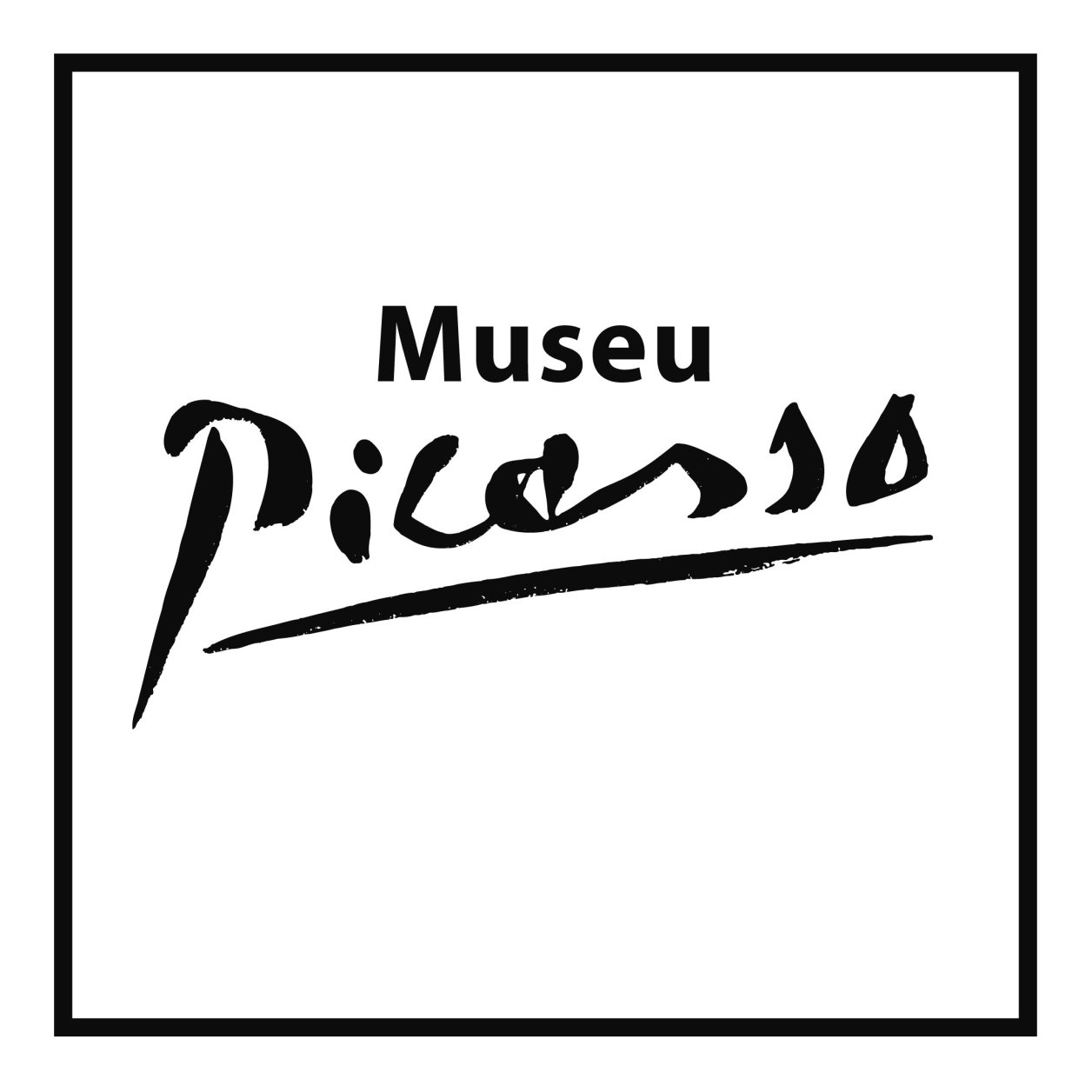- Ajuntament de Barcelona
- Institut de Cultura de Barcelona
The invention of paradise : Tahiti and the Marquesas / photographs by Paul-Émile Miot, 1868-70
Material type: TextLanguage: Anglès Publication details: München : Galerie Daniel Blau, 2008 Description: 161 p. : il ; 30 cmISBN: 9783000253034Subject(s): Miot, Paul-Émile, 1827-1900 | Fotografia documental | Fotografía documental | Miot, Paul-Émile (1827-1900)Summary: This sumptuous illustrated volume shows the hitherto unpublished pictures taken by the naval commander Paul-Émile Miot (18271900) in the early days of photography. Taken during an expedition to Polynesia, the photographs are accompanied by drawings and objects from Tahiti and the Marquesas Islands. the Astrée" in 1869, he took his photographic equipment with him. The pictures he took on this voyage, which are now published in this volume, are unique not only because they represent the first photographic record of the South Sea peoples, but above all because they are valuable documents of the history of the time. Miot took extraordinary care with the composition of his views and the staging of his portraits. In his pictures, he seems to have wanted to capture a paradise as the Western world of the 19th century liked to imagine it. Tahiti what we see with particular clarity is the transition from painting to photography.
TextLanguage: Anglès Publication details: München : Galerie Daniel Blau, 2008 Description: 161 p. : il ; 30 cmISBN: 9783000253034Subject(s): Miot, Paul-Émile, 1827-1900 | Fotografia documental | Fotografía documental | Miot, Paul-Émile (1827-1900)Summary: This sumptuous illustrated volume shows the hitherto unpublished pictures taken by the naval commander Paul-Émile Miot (18271900) in the early days of photography. Taken during an expedition to Polynesia, the photographs are accompanied by drawings and objects from Tahiti and the Marquesas Islands. the Astrée" in 1869, he took his photographic equipment with him. The pictures he took on this voyage, which are now published in this volume, are unique not only because they represent the first photographic record of the South Sea peoples, but above all because they are valuable documents of the history of the time. Miot took extraordinary care with the composition of his views and the staging of his portraits. In his pictures, he seems to have wanted to capture a paradise as the Western world of the 19th century liked to imagine it. Tahiti what we see with particular clarity is the transition from painting to photography.
| Item type | Current library | Call number | Status | Date due | Barcode |
|---|---|---|---|---|---|
| Monografia | Biblioteca Museu Picasso | 77 (Mio) Pic (Browse shelf(Opens below)) | Available | 2012-393 |
This sumptuous illustrated volume shows the hitherto unpublished pictures taken by the naval commander Paul-Émile Miot (18271900) in the early days of photography. Taken during an expedition to Polynesia, the photographs are accompanied by drawings and objects from Tahiti and the Marquesas Islands. the Astrée" in 1869, he took his photographic equipment with him. The pictures he took on this voyage, which are now published in this volume, are unique not only because they represent the first photographic record of the South Sea peoples, but above all because they are valuable documents of the history of the time. Miot took extraordinary care with the composition of his views and the staging of his portraits. In his pictures, he seems to have wanted to capture a paradise as the Western world of the 19th century liked to imagine it. Tahiti what we see with particular clarity is the transition from painting to photography.
Compra
R. 2012/393

There are no comments on this title.